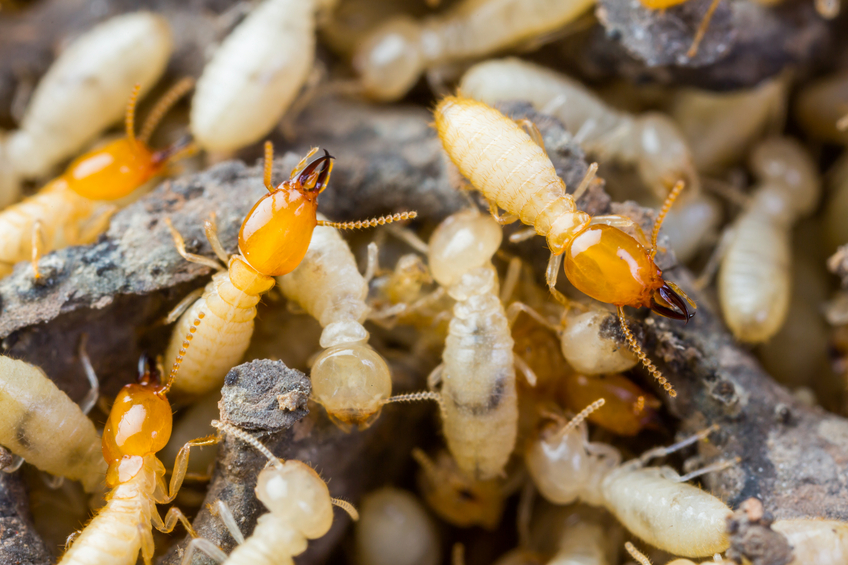Every year, Queensland homeowners experience thousands of dollars worth of termite damage due to subterranean termites. Even if your home has been treated or you haven’t seen any termites, your home is still prone to termite attack. These termites live underground in soil tunnels and enter structures via concealed entry, through cracks and openings in and around foundations. These entry points are normally concealed by poor design or building practices, gardens, stored items or they can be unnoticed during professional inspection.
Inspections will not prevent a termite attack, but in most cases, regular inspections every 6-12 months will assist in finding any new termite activity quickly and corrective measures can then be taken before termites have time to cause extensive damage to timber structures within your house or building.

